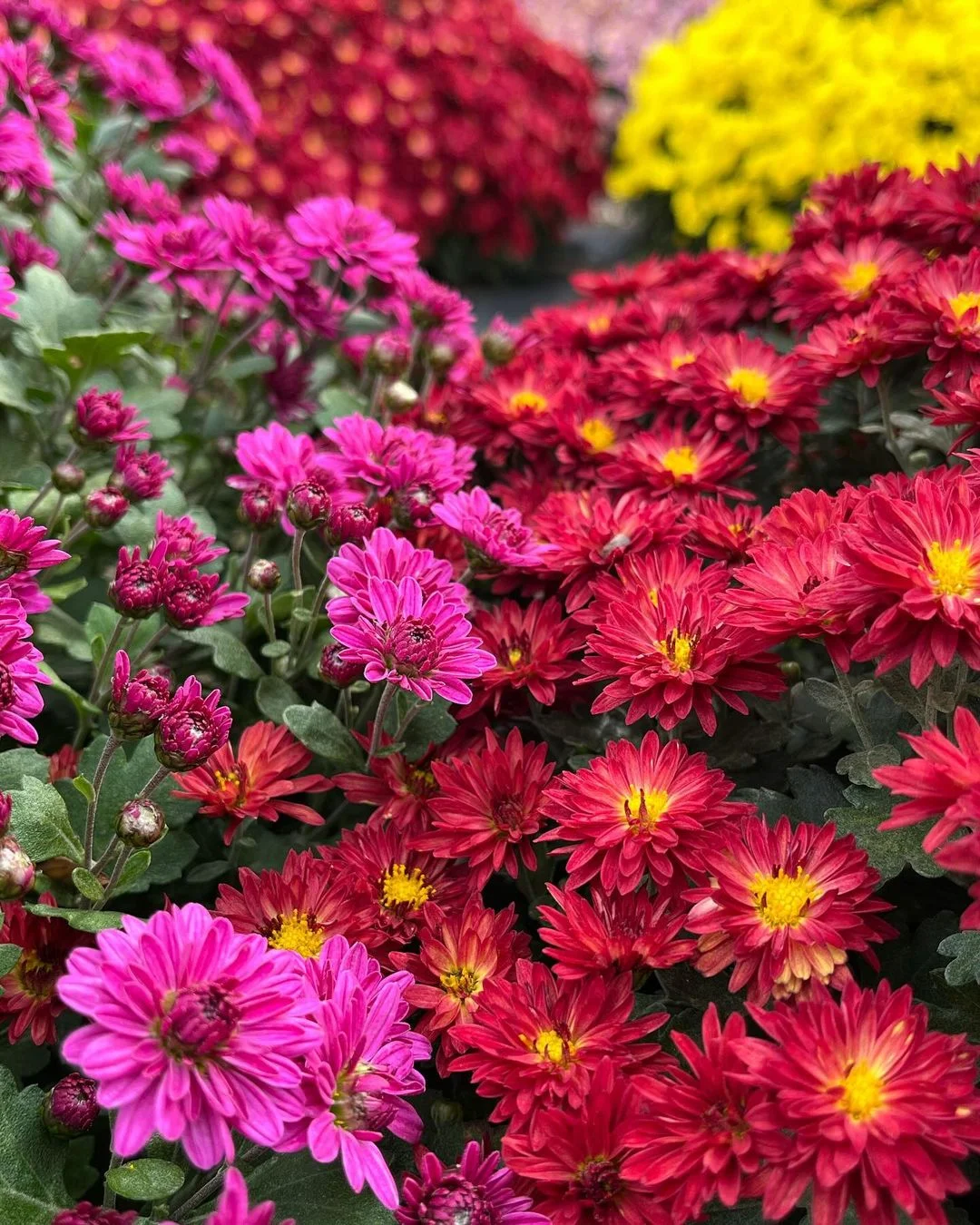Discover stunning rose-like flowers that capture the beauty of roses with unique characteristics. Learn about these alternatives, their care and how to incorporate them into your garden.
Roses are beloved for their beauty and fragrance, but there are many other flowers that offer similar charm with their own unique qualities. In this guide, we’ll explore a variety of rose-like flowers that can add diversity and interest to your garden or floral arrangements.
Why Consider Rose-Like Flowers?
While roses are undoubtedly beautiful, rose-like flowers offer several advantages:
- Different blooming seasons
- Varied care requirements, often easier than roses
- Unique colors and forms
- Resistance to certain pests and diseases
Let’s dive into some popular rose-like flowers and what makes them special.
1. Peonies (Paeonia)

Peonies are often called the “queen of flowers” and share many characteristics with roses:
- Large, full blooms
- Variety of colors (white, pink, red, and even yellow)
- Sweet fragrance
Peonies are known for their longevity, often living for decades with proper care. They bloom in late spring to early summer, providing a stunning display when roses might not yet be at their peak.
Care Tips:
- Plant in full sun to partial shade
- Well-draining soil is crucial
- Plant shallow – the eyes (buds) should be no more than 2 inches below soil surface
2. Camellias (Camellia japonica)

Camellias offer rose-like blooms in winter and early spring when most gardens are dormant:
- Elegant, layered petals
- Colors range from white to pink and deep red
- Glossy, evergreen foliage
These beautiful shrubs can add structure and color to your garden year-round.
Care Tips:
- Prefer partial shade
- Acidic soil (pH 5.5-6.5)
- Regular watering, especially during bloom time
3. Lisianthus (Eustoma grandiflorum)

Often mistaken for roses in floral arrangements, lisianthus offers:
- Delicate, multi-petaled blooms
- Colors including white, pink, purple, and bi-colors
- Long vase life
Lisianthus is gaining popularity for its rose-like appearance and versatility in bouquets.
Care Tips:
- Full sun
- Well-draining soil
- Regular deadheading to promote continuous blooming
4. Ranunculus (Ranunculus asiaticus)

Also known as Persian buttercups, ranunculus flowers feature:
- Layers of delicate, crepe-paper-like petals
- Wide range of colors, including pastels and vibrant hues
- Long-lasting blooms
Ranunculus are popular in both gardens and floral designs for their romantic, rose-like appearance.
Care Tips:
- Full sun
- Cool weather lovers – plant in fall or early spring
- Well-draining soil is essential
5. Gardenia (Gardenia jasminoides)

Gardenias offer not only rose-like blooms but also an intoxicating fragrance:
- White, waxy petals
- Glossy, dark green leaves
- Intense, sweet scent
These evergreen shrubs can provide year-round interest in the garden.
Care Tips:
- Partial shade
- Acidic soil (pH 5.0-6.5)
- High humidity and consistent moisture
6. Dahlias

While not always resembling roses, many dahlia varieties offer full, lush blooms similar to roses:
- Huge variety of forms and colors
- Blooms from midsummer until first frost
- Excellent cut flowers
Dahlias offer incredible diversity, from small pompom shapes to large “dinner plate” blooms.
Care Tips:
- Full sun
- Rich, well-draining soil
- Regular deadheading for continuous blooms
7. Tree Peony (Paeonia suffruticosa)

Tree peonies offer the beauty of herbaceous peonies with a woody structure:
- Large, sometimes fragrant blooms
- Wide color range, including yellow and purple shades
- Attractive foliage and form even when not in bloom
These long-lived shrubs can become focal points in the garden.
Care Tips:
- Partial shade
- Well-draining, slightly alkaline soil
- Protection from strong winds
Incorporating Rose-Like Flowers in Your Garden
Here are some tips for using these rose alternatives in your landscape:
- Mixed Borders: Combine different rose-like flowers for extended bloom times.
- Containers: Many, like lisianthus and ranunculus, work well in pots.
- Cut Flower Garden: Plant a variety for beautiful, long-lasting bouquets.
- Focal Points: Use larger shrubs like camellias or tree peonies as garden centerpieces.
Caring for Rose-Like Flowers
While each type of flower has specific needs, some general care tips include:
- Proper Soil Preparation: Most prefer well-draining, rich soil.
- Watering: Consistent moisture is key for most, but avoid waterlogged conditions.
- Fertilizing: Use a balanced fertilizer during the growing season.
- Pruning: Remove dead or diseased parts and shape as needed.
- Winter Protection: Some may need mulching or covering in colder climates.
Rose-like flowers offer a wonderful way to diversify your garden while maintaining the romantic and lush aesthetic of roses. From the classic beauty of peonies to the unique charm of ranunculus, these alternatives can provide extended blooming seasons, varied colors, and often easier care requirements than traditional roses.
By incorporating these rose-like flowers into your garden or floral arrangements, you can enjoy a wider range of textures, colors, and blooming periods. Whether you’re looking to complement your existing roses or create a rose-like garden without the fuss, these beautiful alternatives offer something for every gardener and flower enthusiast.
Remember, the key to success with any plant is understanding its specific needs and providing consistent care. With the right attention, these rose-like flowers can bring the romance and elegance of roses to your outdoor space in new and exciting ways.\
For more gardening tips and plant care guides, visit usagardenhub.com.






2 Comments on “Rose-Like Flowers : Beautiful Alternatives to Classic Roses”